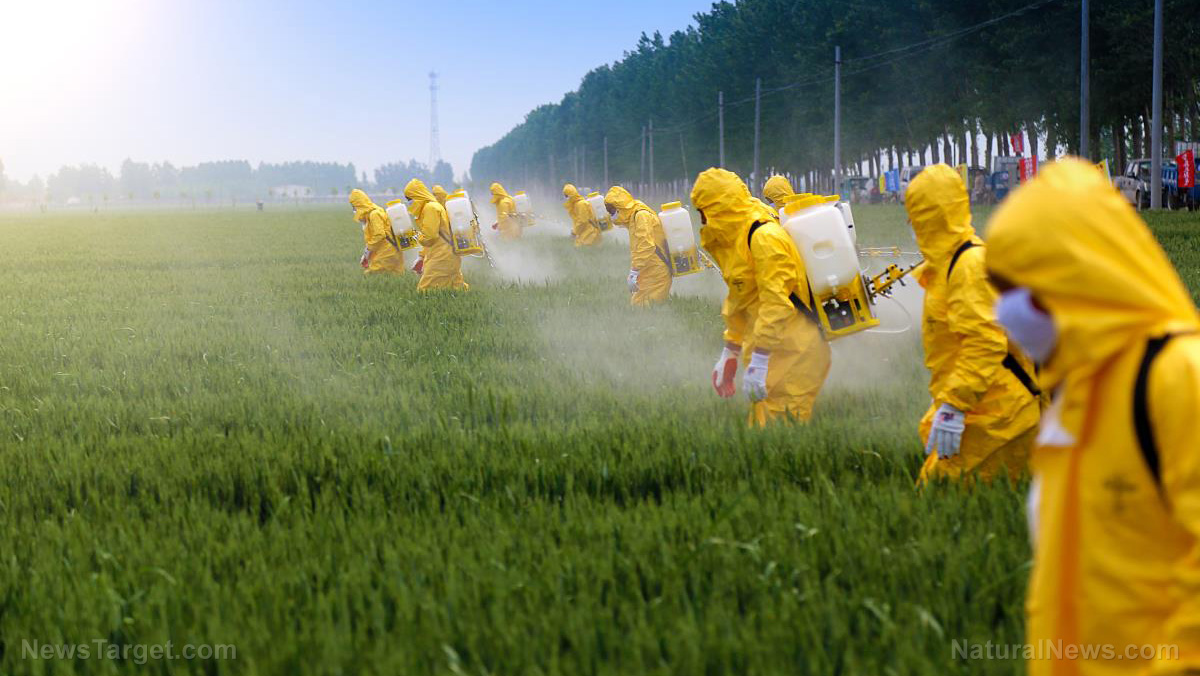
An analysis published in Pest Management Science has warned that the American agricultural industry is already at the cusp of losing the battle against herbicide-resistant weeds, which in turn may cause an upsurge in food prices in the future. Adam Davis, an ecologist in at the University of Illinois' Department of Crop Science and the USDA Agricultural Research Service, has stressed that the future of food prices depends greatly on the efficacy of herbicides and that a stark decline in quality may well affect market prices.
Davis recently worked with University of Arizona economist George Frisvold to assess whether the U.S. is on the brink of loosing the weed war. According to the experts, people not involved in the agriculture sector might not know that weeds such as common waterhemp and Palmer amaranth can negatively impact corn and soybean yields between 30 to 80 percent. The experts have also noted that the weeds have been developing strong resistance against traditional herbicides.
The researchers have also noted that while many herbicides saturate the market, they all fall into one of 16 categories that describe their mode of action (MOA). According to the scientists, MOAs are specific plant markers that the chemicals target. The experts have also added that various policies have limited the number of herbicide MOAs that can be used on any given crop and the types of weeds that grow with them. A greater number of weeds have been found to develop resistance against certain MOAs, the experts have added.
"I believe if we fully lost chemical control of certain weeds, and if farmers continued with the corn-soybean rotation, they’d be forced to reduce their acreages as they spend more time and money managing weeds. And the cost of the end product, our food, would go up as well. In some areas, we’re one or two MOAs away from completely losing chemical control for certain weeds...And there are no new herbicide MOAs coming out. There haven’t been for 30 years," according to Davis.
Fewer herbicides, more GMO plants exacerbate the problem
Apart from the strict regulations on MOA use, the researchers have also pointed out that the decreased availability of new types of herbicide may play a key role in the worsening dilemma. According to Davis and Frisvold, herbicide efficacy should have been considered a limited resource first hand, very much like oil. The experts noted that dwindling resources should theoretically result in higher prices to prevent overuse and exhaustion. The only problem is that herbicide prices have actually dipped over the past 30 to 40 years, the research team adds.
Another potential cause of herbicide resistance is the proliferation of genetically modified crops, the experts discussed. According to Davis, the availability of genetically modified crops have resulted in a greater reliance on chemicals in order to eliminate invasive weeds, rather than adopting diverse weed killing practices. The increasing number of GMO plants also means that farmers are using more herbicides, the expert has pointed out. (Related: Researchers share how to conquer herbicide-resistant superweeds that threaten the food supply in the Midwest.)
"Right now we have a dominant system where we have two summer annuals following each other. Because we don't have any change of phenology (timing of development) of the main crop, we have the same weed spectrum in both crops...But if you introduce a small winter grain or a forage legume into that system, you begin to make it difficult for summer annual weeds like waterhemp to become dominant. So you can get about 90 percent there just with a good crop rotation. Then you build in things like weed suppressive cultivars, banded herbicides, row spacing, cultivation, harvest weed seed control, and all these tactics together can add up to really effective weed management systems," Davis has reported in Science Daily online.
Natural methods against weed proliferation
An article posted on the Small Footprint Family website has listed a few steps to effectively eliminate weeds using natural methods. Among these include:
- Mulching and crowding -- The article notes that mulching the soil helps smother the weeds and mitigate their growth. Likewise, crowding methods such as square-foot gardening and wide-row planting may show the same results.
- Potent liquids -- The article suggests using boiling water, vinegar, or vodka solutions to kill weeds.
- Pre-planned fertilization and irrigation -- The entry also recommends using drip irrigation, irrigation bags or olla pots in order to irrigate only the roots of the plants and not the spare spaces around the plant. Likewise, the article suggests using less compost on vegetables that do not need it as much such as root crops.
- Corn gluten and flame weeders -- Corn gluten is commonly used to inhibit weed germination. On the other hand, flame weeder is used to burn weeds that have already sprouted.
Sources include:
Please contact us for more information.





















